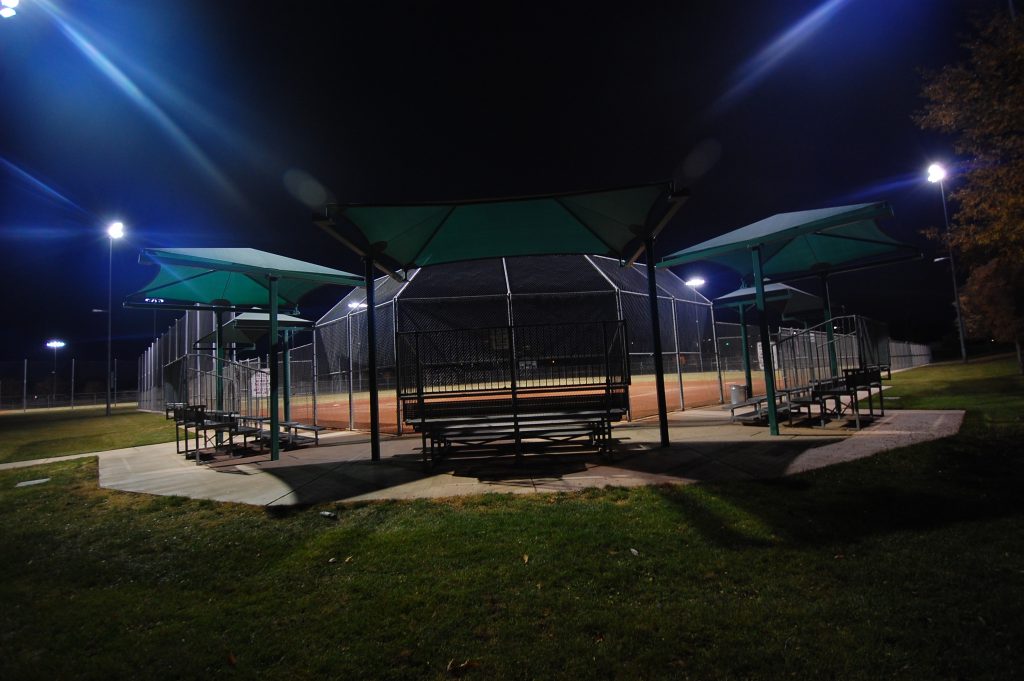As a guest lecturer in the Advanced Placement 2-D Design class, I introduced Creative Thinking Skills (CTS) to a group of high school seniors. Half of them I’d never met. The other half, I’d met only once. On a Friday afternoon, sixth period, when attention wanes even with the most earnest students, I didn’t know how it would go. But I knew why I was there.
The teacher championed my intention to teach CTS in support of her class assignment for each student to create several original design works. We agreed that learning CTS would offer many benefits to these students who, in a few short months, would experience the life altering change of graduating into the adult world.
Creative Thinking Skills is a set of twenty skills, first articulated by Drs. E. Paul Torrance and H. Tammy Safter in 1999, then expanded upon two decades later by Burnett, Figliotti & Saltzburg in 2020. CTS is one of the most meaningful and lasting ways to empower people to make a change, whether incremental or transformational, from the classroom to the community house to the global Zoom room.
I started by introducing the most simple, widely accepted definition of creativity — an idea that’s new, or novel, and useful to the person who had the idea.
Then I asked a question.
What blocks access to your creativity?
I set the timer for one minute. To my delight, the students and their teacher, who fully participated, immediately picked up pens and pencils, filling a few dozen sticky notes with answers. I posted them on the board for everyone to see and our robust conversation led to the follow up question:
How might you apply one or more Creative Thinking Skills to reduce or eliminate one of more of the blocks?
To answer that question, I made a game out of having one volunteer select a block to creativity from the sticky notes and another volunteer randomly select one Creative Thinking Skill out of a hat. With that, pens and pencils got to work, and brainstorming ensued.
Shy smiles, wide eyes, and attentive posture let me know that CTS caught their attention. Not everyone, but enough that their engaged synapses gave the class — and me — an energetic spark. Creative Thinking Skills tap into the human imagination, through which each individual or group interprets meaning. Simply put, Creative Thinking Skills are accessible and relevant to everyone, on their own terms. CTS is invaluable for imagining a full range of options — academic, emotional, social, aspirational, professional, and the list goes on.
Concepts such as Keep Open, or Embrace Ambiguity, we don’t often think of as “skills” requiring training or practice. Yet, how often do we make up our minds too quickly, because we feel we need to know, act decisively and with authority? We deflect fear and the unknown, not wanting to appear vulnerable or unsure. We lock ourselves in, before we even attempt to Look At it Another Way, Break Through and Extend Boundaries, or to Be Aware of Emotions. (Bolded concepts are five of the twenty Creative Thinking Skills.)
For people in the midst of, or on the cusp of significant change — such as these high school seniors, CTS is a real game changer. The accelerated pace of today’s world favors not taking time to change the game. But when we do, we can reap rewards that last a lifetime. ~ KgZ


